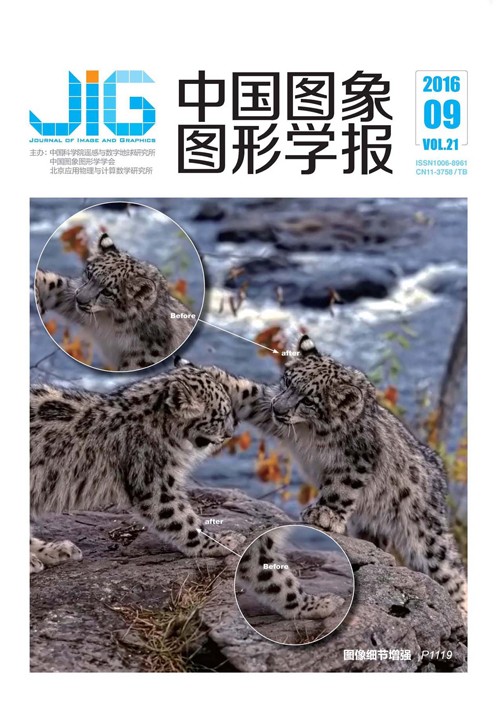
多相期增强CT中肝内血管的自动分割
摘 要
目的 在肝脏手术规划系统中,肝内精确的血管模型是实施肝脏分段和手术模拟的重要基础。为此提出一种基于多相期增强CT影像的肝内血管自动分割方法。方法 首先,采用各向异性滤波的方式减少图像上的噪声干扰。然后将图像灰度信息和汉森矩阵的特征值相结合,设计了一种新的滤波器,增强图像中的血管结构,以解决传统方法中血管连接处断裂的问题。最后,应用迭代式的自适应区域增长算法,进一步分割出增强图像中的血管。结果 使用5组临床上的真实数据测试算法的有效性,实验结果显示肝内血管由粗到细被完整分割出来。结论 本文肝脏CT血管分割方法,分别在不同尺度的增强图像对其进行处理,使得肝内血管从粗壮的主枝到细小的末端都能被很好地分割出来,能够获得正确的血管拓扑结构。
关键词
Automatic hepatic vessel segmentation algorithm in multi-phase contrast-enhanced CT
Yuan Rong, Shi Shuyue, Xie Qingguo(College of Life Science and Technology, Huazhong University of Science and Technology, Wuhan 430074, China) Abstract
Objective In liver surgical planning, accurate and effective vessel segmentation is the basis of necessary topological analysis for preoperative volumetric assessment and surgery simulation. An algorithm is proposed for automatic hepatic vessel segmentation in multi-phase contrast-enhanced CT. Method First, segmented CT images are processed with anisotropy filter for noise reduction. With the segmented mask, the influence of related organs, such as ribs, is avoided, and the computational expense is reduced. An improved Hessian-based enhancing filter with intensity information is designed to overcome the discontinuity of the junction region. Intensity information is used for noise reduction rather than Frobenius matrix norm. Finally, an adaptive multi-scale region growing method is implemented for vessel segmentation in the enhanced result. The mean values of current segmented target and background are used for the adaptive threshold selection. A multi-scale iteration is implemented in the growing region to avoid intensity inhomogeneity. Result Five sets of clinical multi-phase contrast-enhanced CT images were used for the evaluation. In Cases1-Case4, images from portal phase were chosen as input, and only portal vessel systems were segmented. Topological analysis shows that fifth-stage bifurcation or sixth-stage bifurcation could be detected with good accuracy. In Case5, images from the delayed phase were chosen as input, and both portal vessel and hepatic vessel systems were extracted. Topological analysis of a single hepatic vein demonstrated that fifth-stage bifurcation could still be detected. Experimental results indicated that the trunks and branches of hepatic vessels were completely segmented. Conclusion This paper presented a novel automatic segmentation for hepatic vessels. Different parameters were assigned for the region growing on different multi-scale enhanced images. The results showed the algorithm was effective and accurate. In addition, it provided the corrected topological structures of hepatic vessels.
Keywords
|



 中国图象图形学报 │ 京ICP备05080539号-4 │ 本系统由
中国图象图形学报 │ 京ICP备05080539号-4 │ 本系统由